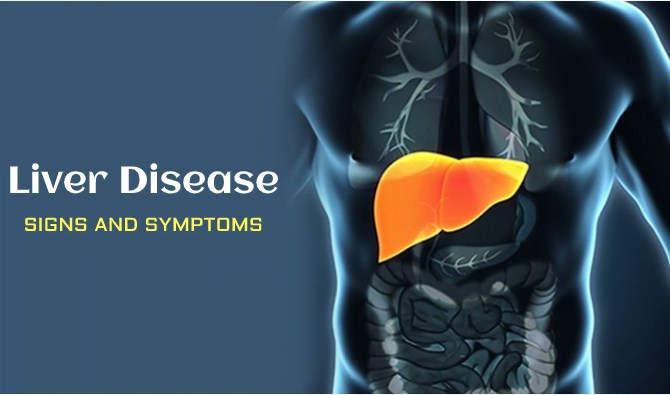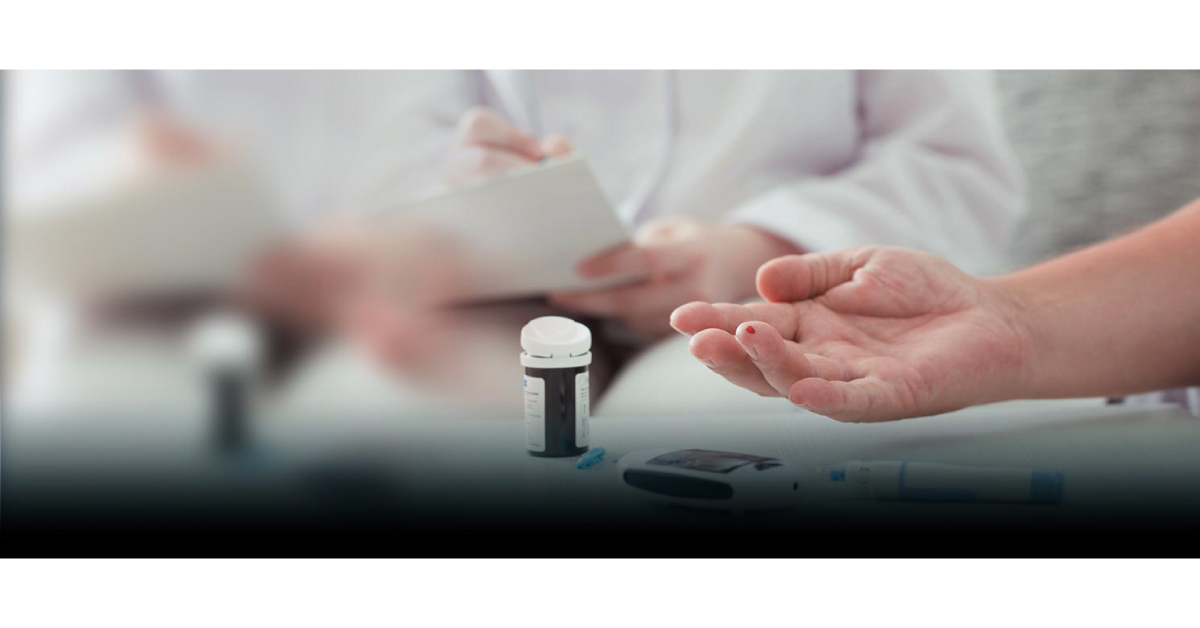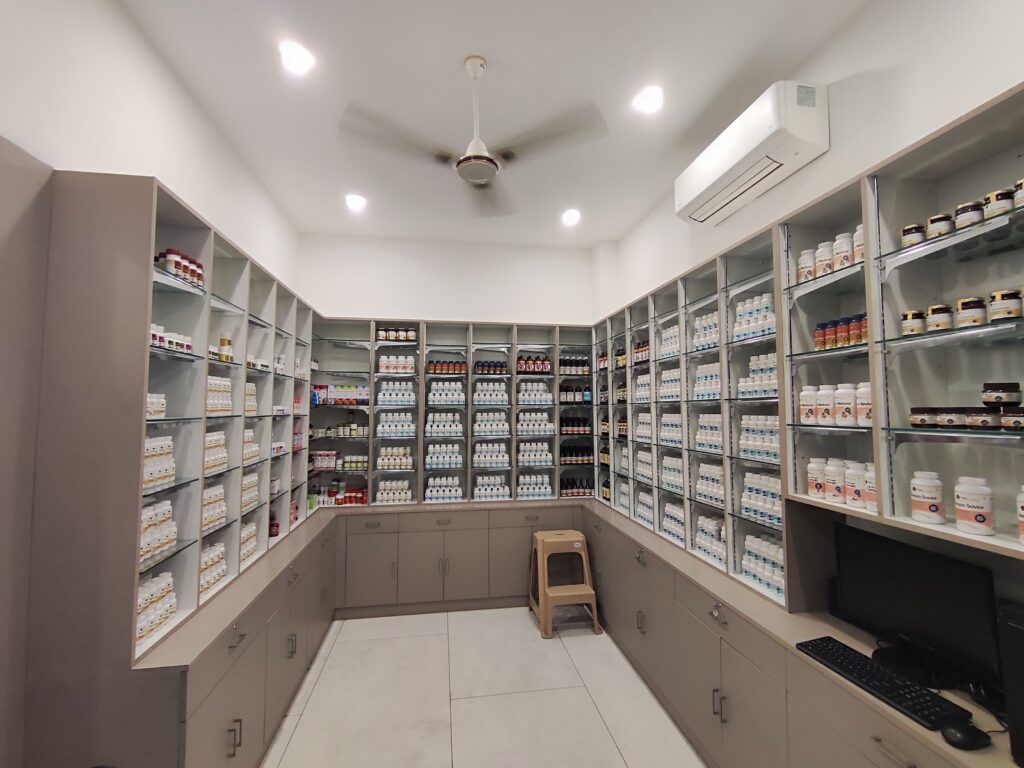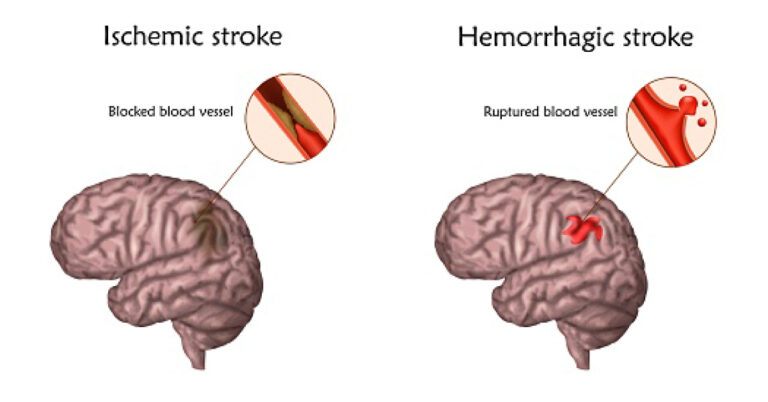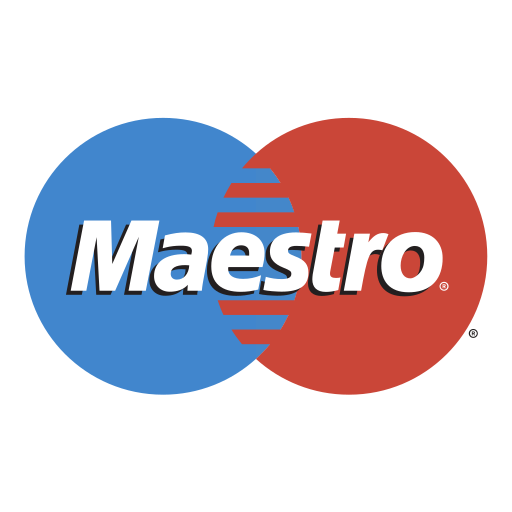Introduction:
Stroke, also known as a brain attack, is the second main cause of death worldwide. In this disease, due to lack of oxygen, there is the sudden death of some brain cells. This happens because the blood supply to the brain is lost due to a rupture or blockage of an artery (a pipe-like structure carrying blood) to the brain. Stroke is co-related with ‘Pakshaghata’ (stroke or paralysis) in Ayurveda. Numbness of the face and one side of the body and sudden weakness are the most common symptoms of Pakshaghata (Stroke). Stroke causes disability in a particular part of the body because the brain no longer sends signals to that part.
According to WHO, approximately 15 million people suffer from stroke every year worldwide, of which 5 million are permanently disabled and 5 million die. With a less healthy lifestyle, the incidents of stroke are increasing in lower- and middle-income countries. According to modern science, Stroke has a poor prognosis and leaves patients permanently disabled and dependent because brain tissues once damaged cannot be repaired. Stroke is difficult to manage but if the patient is given internal medicines and external treatments based on Ayurveda, better results can be obtained, and the patient may become self-dependent.
Facts about Stroke:
- Stroke can happen to anyone and at any age, but the chances of stroke increase with age.
- A survey revealed that 93% of people recognized sudden numbness on one side as a symptom of stroke.
- A person who comes to the hospital within three hours of experiencing their first symptom has less disability than those who receive delayed treatment.
- 1 person suffers from Stroke every 40 seconds in the US.
- Someone dies with a stroke every 4 minutes.
- The use of Tobacco is one of the main causes of Stroke.
- The prevalence of stroke was 42.4% higher than it is in non-obese people.
Types of Strokes:
- Ischemic Stroke: This happens when the artery that sends oxygenated blood to the brain is blocked. Approximately, 87% of strokes are of this type. There are two types of Ischemic Stroke:
- Thrombotic Stroke
- Embolic Stroke
- Hemorrhagic Stroke: This happens when the artery that sends oxygenated blood to the brain is ruptured or is leaking. This leaked blood puts pressure on the brain cells and damages them. There are two types of Hemorrhagic Stroke:
- Intracerebral Hemorrhage
- Subarachnoid Hemorrhage
- Transient Ischemic Stroke: This stroke is also known as a mini stroke. A mini stroke is a sign of a future stroke and is a medical emergency. In this type of stroke, the blood supply to the brain is blocked only for a short interval of time i.e., not for more than 5 minutes. Approximately 10-15% of people have a major stroke within three months of TIA (Transient Ischemic Attack).
Ayurvedic point of view:
- Ardita-Vega (Transient Ischemic Stroke)
- Paksha-Shada (Hemiparesis)
- Paksha-Ghat (Complete Stroke)
Stroke Causes:
- Manasjanya factors that provoke Vata like Chinta (excessive thoughts), Shok (grief), Bhaya (fear), etc.
- Viharjanya factors that provoke Vata like Ratri Jagaran (staying awake at night), Ati Vyayam (excessive exercise), Ati Maithu (excessive indulgence in sex), Diva Swapna (sleeping in the afternoon), etc.
- Aaharjanya factors that provoke Vata like Laghu Anna (light food), Jambu (Jamun), Ruksha (rough), sheet (cold), Laghu (light) food etc.
- Abhighatajanya factors that provoke Vata like Prahara (accidental hit), Abhighata (trauma), etc.
Stroke Modern point of view:
- High blood pressure
- Obesity
- Traumas such as car accident, hitting by stone, etc.
- Overuse of anti-coagulants
- Use of illegal drugs like cocaine
- Over smoking (active or secondhand)
- COVID-19
- Diabetes
- Less physical activity
- Use of unhealthy diet that is high in cholesterol, salt, etc.
- Sickle cell disease
- Old age
- Sedentary lifestyle
Stroke Symptoms:
Ayurvedic point of view:
- Vaksang (difficulty in speech)
- Mada (confusion)
- Murcha (stupor)
- Sanyas (coma)
- Daha (burning sensation)
- Chesta Nirvriti (loss of movement)
- Ishat karma Kshya in Ardha kaya (numbeness in one side of the body)
- Ruja (Pain)
Modern point of view:
- Sudden weakness in one side of the body especially in arms, legs, and face
- Sudden trouble in speaking
- Sudden confusion
- Sudden severe headache
- Dizziness
- Sudden lack of coordination
- Sudden trouble in walking
- Vision problems i.e., vision becomes dim in one eye
- Needle sensation on touch
- Face drooping
- Bowel and bladder control problem
- Difficulty in swallowing
Ayurvedic line of treatment:
- Abhyanga (Massage)
- Snehan (Oleation therapy)
- Snehayukt Sweden (sudation therapy with medicated oil)
- Snehyukat Virechan (purgation therapy with medicated oil)
- Anuvasana and Asthapan Basti (Enema therapy)
- Upnaha (Use of medicated poultice)
- Rasayana (Rejuvenation therapy)
- Shirobasti (Procedure in which warm medicated oil is poured overhead)
Herbs recommended for Stroke:
- Rasna (Pluchea lanceolata)
- Ashwagandha (Withania somnifera)
- Rasona or Lashuna or Garlic (Allium sativum)
- Erand (Ricinus communis)
- Brahmi (Bacopa monnieri)
- Vacha (Acorus calamus)
- Pipali (Piper longum)
- Tagar (Valeriana wallichi)
- Jatamansi (Nardostachys jatamansi)
- Bala (Sida cordifolia)
- Nirgundi (Vitex negundo)
- Chitrak (Plumbago zeylanica)
- Dhatura (Dhatura stramonium)
- Kantkari (Solanum surrattense)
Dos and Don’ts (Pathya and Apathya)
- Add Palandu (onion), Rasona (garlic), Masha (black gram), Kushmand (ash gourd), Mungada (green gram), Kulath (horse gram), Adraka (ginger) in your regular diet
- Eat lots of fruits like Amra (mango), Draksha (grapes), Dadim (pomegranate), etc. every day
- Follow Aachar Rasayana (a unique Ayurvedic behavioral therapy for mind rejuvenation that include various ethical and moral activities to follow like be truthful, free from anger, avoid violence, etc.) and use Rasayana herbs and formulations
- Avoid smoking and alcohol
- Avoid Vega Dharana (suppression of urges)
- Consume high fiber and low-fat diet
- Practice yoga and exercise regularly
- Avoid use of astringent, pungent, and salty food
- Avoid Chana (Bengal gram), barley, peas, etc.
- Avoid incompatible diets like milk with fish or cold drinks with hot food.
When to see a doctor:
Stroke is very well treated if the patient reaches the doctor within 3 hours of the first symptom. The test for self-assessment before going to the doctor is known as the FAST Test:
- F: Face – Person is asked to smile to check if one side of the face droops
- A: Arm – Person is asked to raise both arms to check if one arm drifts downward.
- S: Speech – Person is asked to repeat simple phrases to check if the speech is slurred.
- T: Time – If you see any of the symptoms mentioned above, you must immediately rush the patient to the hospital without wasting any time.
Conclusion:
In Ayurveda, the treatment of Stroke (Pakshaghat) can be planned after analyzing the Roga Avastha (stage or severity of the disease). The treatment should also be incorporated in stroke if impairment in higher mental functions occurs. Significant improvements will be seen in stroke after the use of Ayurvedic treatment. Classical methods of treatment like Panchakarma, classical medicines, diet and lifestyle as recommended in classical textbooks namely Charaka Samhita and Ashtanga Hrdiyam are of great help and patients improve a lot within 6 to 8 weeks if all above is followed religiously.



